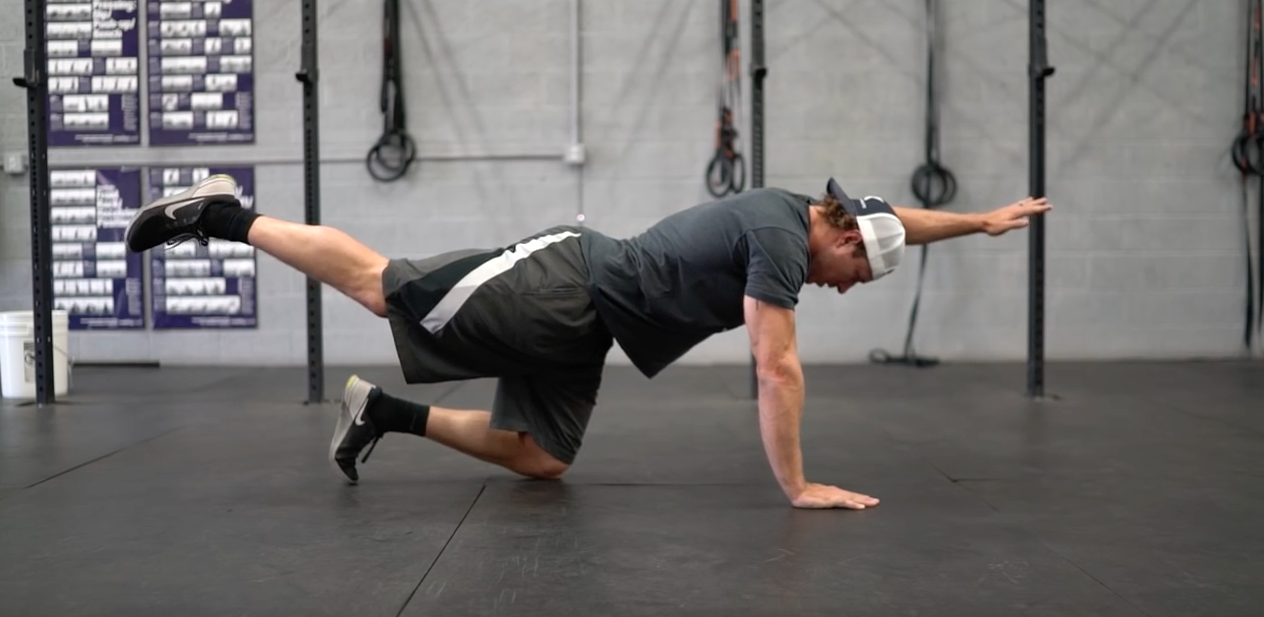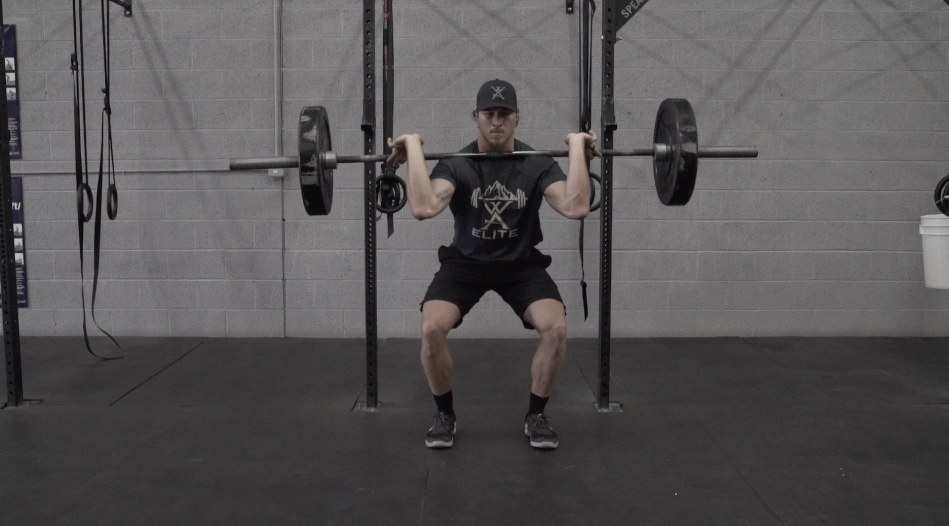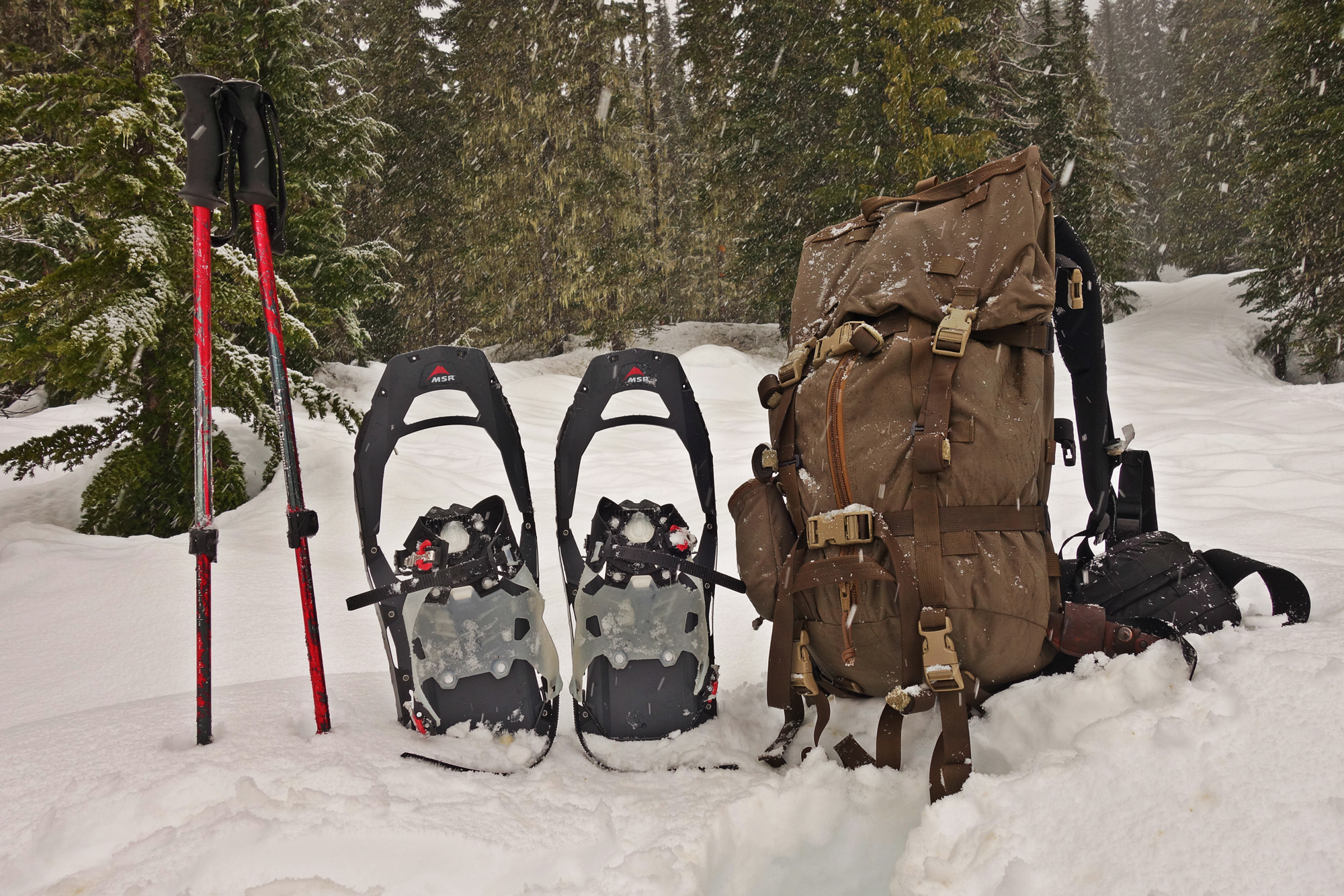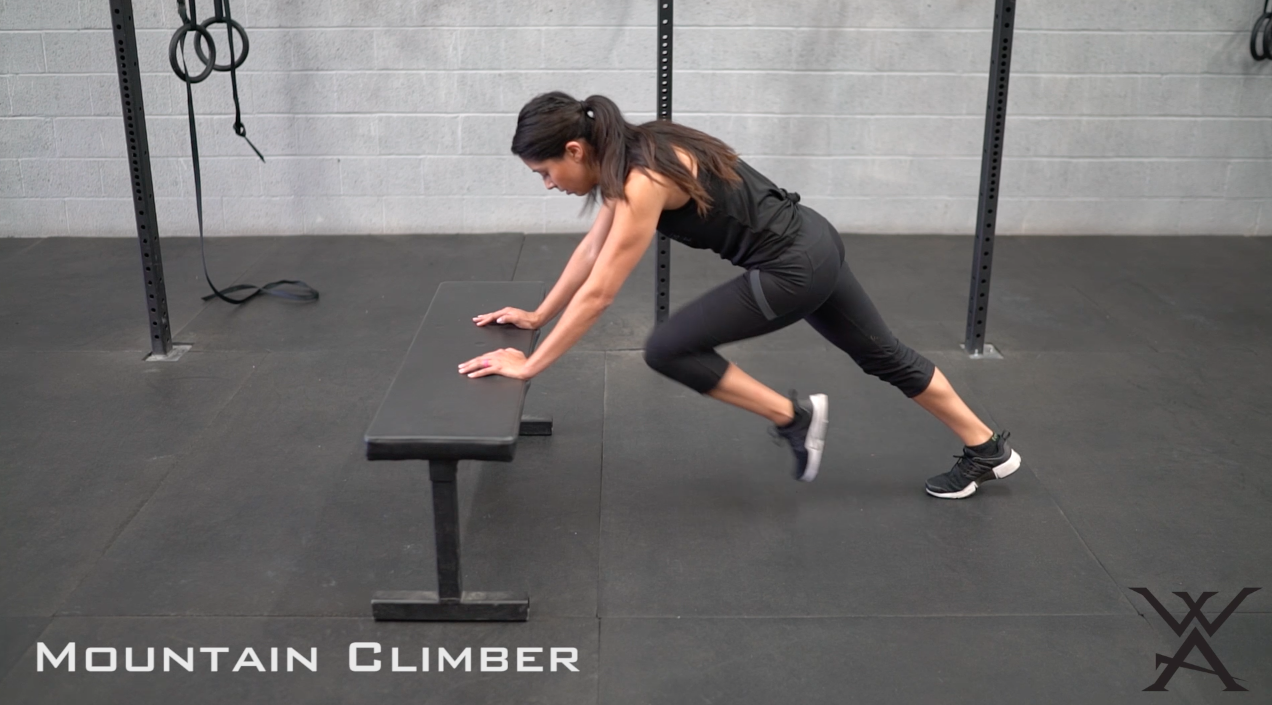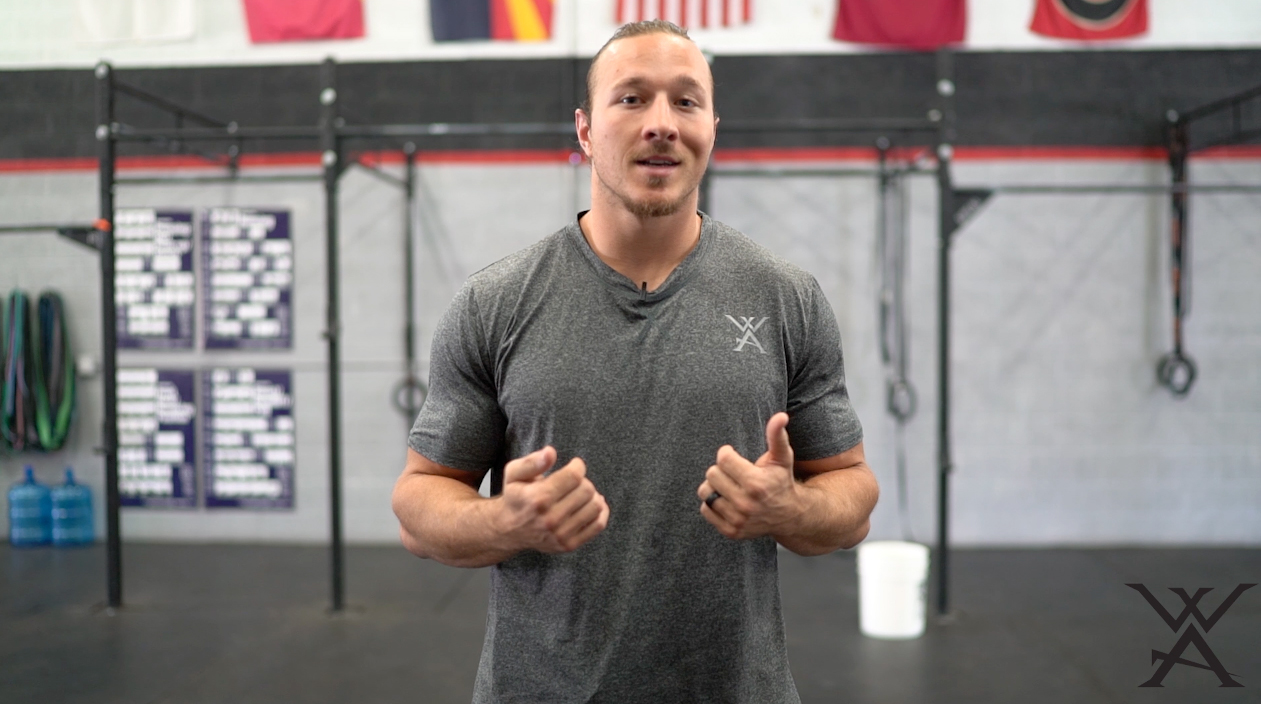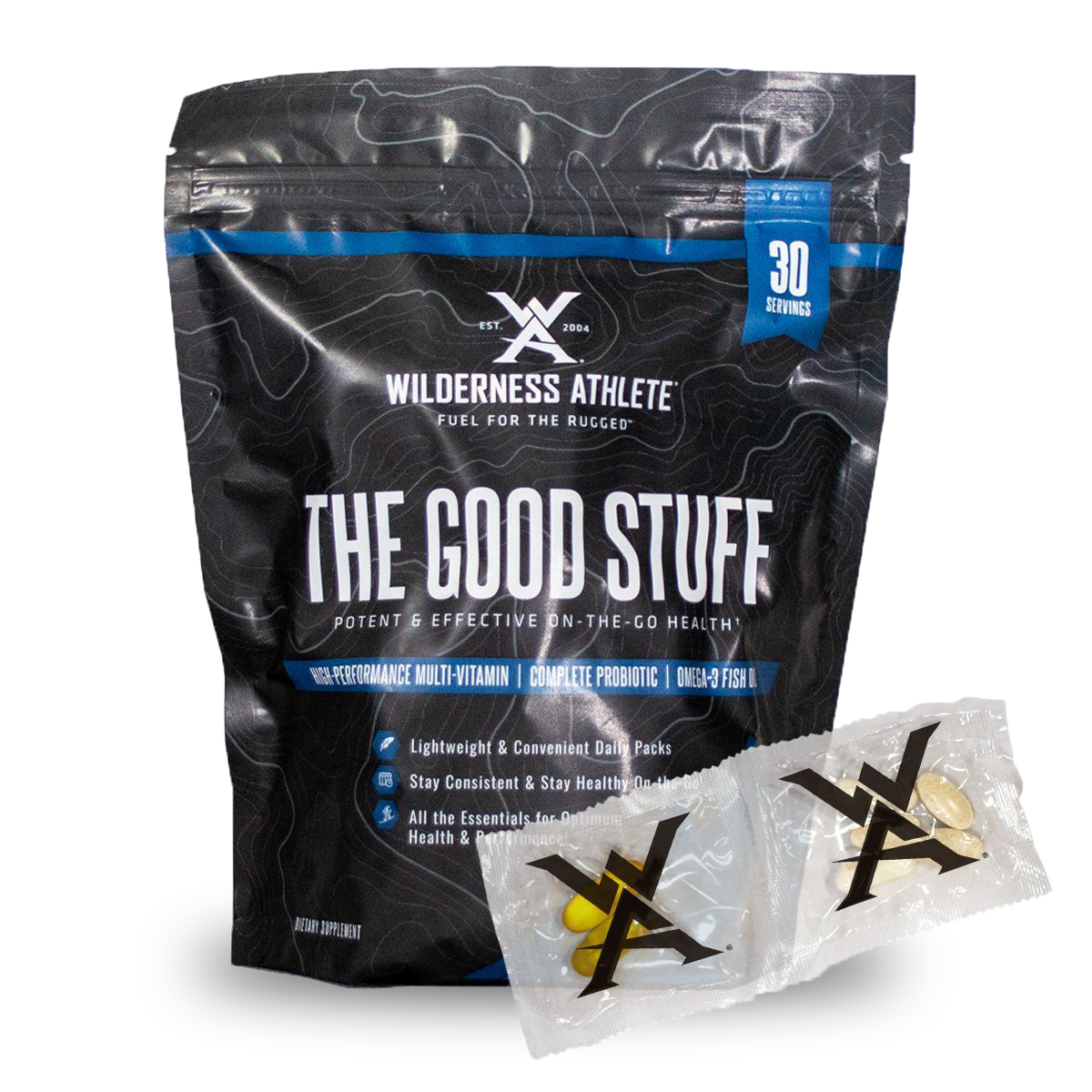Wilderness Athlete 5 Exercises for Lower Back Pain
Today we are switching gears and looking at an issue that almost 80% of Americans deal with on a regular basis. Low-back pain (LBP) is the most common chronic pain issue in the U.S. There are many conditions that can lead to lower back pain but the lack of core strength is the most common issue.
Increased sedentary jobs and sitting time can lead to muscle imbalances and weak core musculature, putting the low back at increased risk of injury. Here are a few common reasons increased sitting time leads to LBP:
- The deep core muscles are meant to endure prolonged contractions to support and stabilize the spine. When we slouch in a chair all day, the core remains relatively inactive. This results in a decreased signal from the brain to the core telling it to “turn on” and protect the spine when necessary.
- The psoas major, one of the strongest hip flexors, originates at the lumbar spine. Sitting can shorten this muscle, putting chronic stress on the low back.
- The gluteal muscles, which are the powerful hip extensors, become lengthened and weak, known as “glute amnesia.” These muscles are then unable to do their job in regular activities of daily living, forcing other muscles, such as those in the low back, to compensate.
***While avoiding sitting altogether is unrealistic, specific exercises can help to minimize your chance of developing LBP. Here are five effective body-weight exercises you can do anywhere to ward off LBP.
TIPS
PLANK
Tried and true, nothing enhances core stability like the plank.
Start with your elbows positioned directly below your shoulders and walk the feet back one at a time until the body is in a straight line. Engage the quads, glutes, and core while pushing the floor away through the toes and forearms. Perform one to three sets for 30-60 seconds, or as long as you can maintain proper form.
SIDE PLANK
The side plank may be even more beneficial because it requires activation of the internal and external obliques. It’s imperative to strengthen these muscles, as they help control rotational movements of the spine.
Start with your elbow positioned directly below your shoulders. With the feet stacked or staggered, drive up through the lower obliques until the body is in a straight line. Keep the shoulders and hips stacked. Perform one to three sets for 30-60 seconds, or as long as you can maintain proper form.
BACK EXTENSIONS
The core is your foundation. It is not only your abs but your lower back as well. If you do not strengthen the entire foundation then the building is going to crumble somewhere. Back extensions help strengthen the often-overlooked posterior side.
Start by engaging your entire core and extend your upper body until it’s in line with your legs. Be sure to avoid extending past 180 degrees (where the upper body is higher than the legs) to limit compressive forces on the lumbar spine. Lower slowly and repeat for one to three sets of 10-15 repetitions. Increase the challenge by making this an isometric exercise. Hold the top position for 30-60 seconds, or as long as you can maintain proper form.
GLUTE BRIDGE
Weak glutes will also contribute to LBP by passing their work to the lower back. The powerful gluteal muscles support activities like walking, running, squatting, and deadlifting, but when they lack sufficient strength, the back bears the brunt of the load.
Start in a sit-up position with your arms down by your sides. Press firmly through your feet and engage your glutes Increase the challenge by performing this exercise with a single leg, while maintaining level hips. to lift up the hips, creating a straight line from the heels to the shoulders. Hold for two seconds and lower slowly. Perform one to three sets of 10-15 repetitions.
BIRD DOG
You’ve probably seen this exercise performed at the gym and it’s probably been done incorrectly. To perform properly, the trunk should remain stable, while the arms and legs move.
Start in a quadruped position with your core engaged. Slowly raise one arm and the opposite leg to torso height. Your hips and shoulders should continue facing the floor. Slowly lower and repeat for 10-15 repetitions or hold the top position for 15-30 seconds. Repeat one to three times on each side.
With a proper routine, you can strengthen your core and gluteal muscles and reduce your injury risk. This workout can be performed with nothing but your body weight—at home. Low-back pain is a very common ailment for everyone. While strengthening your lower back may not be as flashy as hammering bicep curls for 10 sets of ten, you need to take the time in your warm up to prioritize your foundation!

